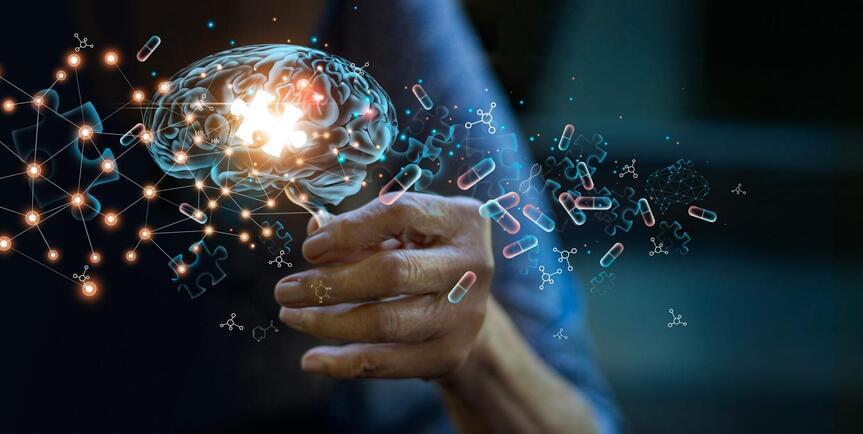Reward and emotional evaluations interact to guide decisions regarding the punishment of a social norm-violating proposer, with these processes being mediated by distinct neurofunctional computation.
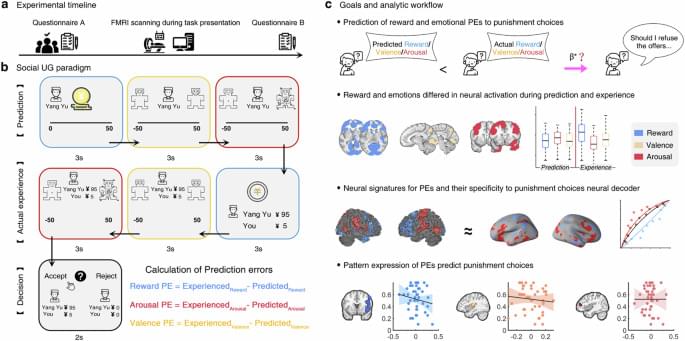

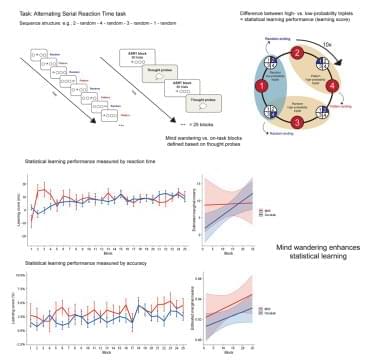
The human brain spends 30–50% of its waking hours engaged in mind-wandering (MW), a common phenomenon in which individuals either spontaneously or deliberately shift their attention away from external tasks to task-unrelated internal thoughts. Despite the significant amount of time dedicated to MW, its underlying reasons remain unexplained. Our pre-registered study investigates the potential adaptive aspects of MW, particularly its role in predictive processes measured by statistical learning. We simultaneously assessed visuomotor task performance as well as the capability to extract probabilistic information from the environment while assessing task focus (on-task vs. MW). We found that MW was associated with enhanced extraction of hidden, but predictable patterns.




A team of researchers from the University of Ottawa has developed innovative methods to enhance frequency conversion of terahertz (THz) waves in graphene-based structures, unlocking new potential for faster, more efficient technologies in wireless communication and signal processing.
THz waves, located in the far-infrared region of the electromagnetic spectrum, can be used to perform non-invasive imaging through opaque materials for security and quality control applications. Additionally, these waves hold great promise for wireless communication.
Advances in THz nonlinear optics, which can be used to change the frequency of electromagnetic waves, are essential for the development of high-speed wireless communication and signal processing systems for 6G technologies and beyond.
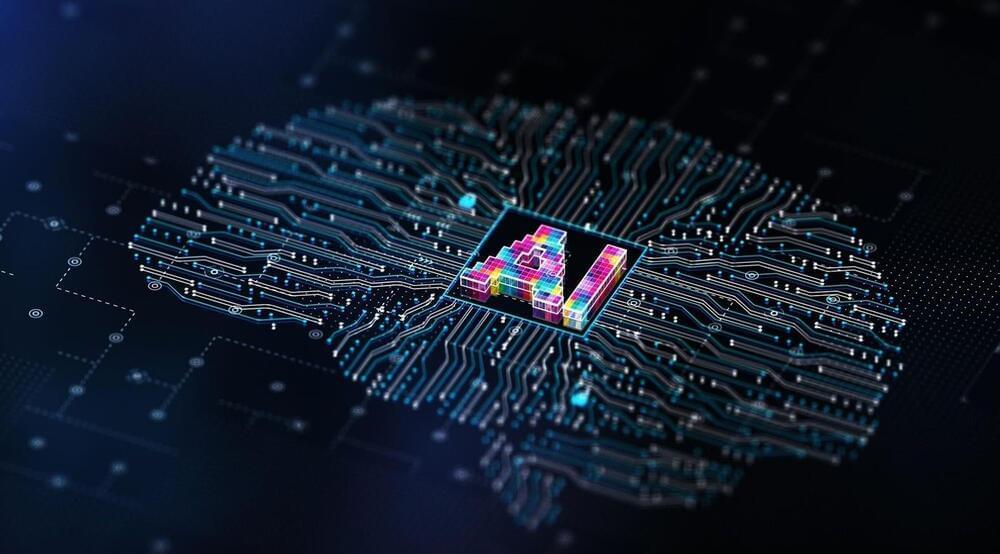
Unlike traditional RLHFs, which only provide feedback after an assessment has been completed, pBCIs capture implicit, real-time information about the user’s cognitive and emotional state throughout the interaction. This allows the AI to access more comprehensive, multidimensional feedback, including intermediate decisions, judgments and thought processes. By observing brain activity when assessing situations, pBCIs provide a more comprehensive understanding of user needs and enable the AI to adapt more effectively and proactively.
By combining RLHF with pBCIs, we can elevate AI alignment to a new level—capturing richer, more meaningful information that enhances AI’s responsiveness, adaptability and effectiveness. This combination, called neuroadaptive RLHF, retains the standard RLHF approach but adds more detailed feedback through pBCIs in an implicit and unobtrusive way. Neuroadaptive RLHF allows us to create AI models that better understand and support the user, saving time and resources while providing a seamless experience.
The integration of RLHF with pBCIs presents both opportunities and challenges. Among the most pressing concerns are privacy and ethics, as pBCIs capture sensitive neural data. Ensuring proper consent, secure storage and ethical use of this data is critical to avoid misuse or breaches of trust.
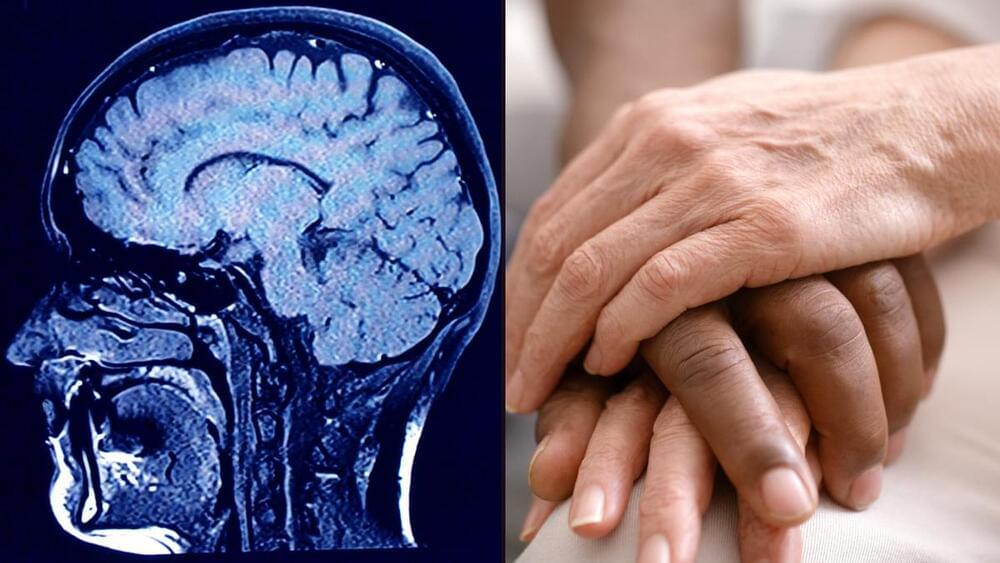

Quantum computing researchers at Northwestern University report a new take on quantum compilers helped improve the efficiency and reliability of “chiplet-based” modular quantum computers.
Although it sounds like something that might be in a bag next to the pretzels at your next party, chiplets are, in fact, an intriguing approach to building quantum computers. As we’ll discover later, they are small, modular pieces of a computer processor that are designed to function as a building block for creating larger, more complex chips.
In a recent study posted on arXiv, a team of Northwestern University researchers report their Stratify-Elaborate Quantum Compiler (SEQC) boosts circuit fidelity by up to 36% and speeds up compilation by 2 to 4 times compared to existing tools, addressing critical scalability challenges in this emerging era of chiplet-based quantum systems.
